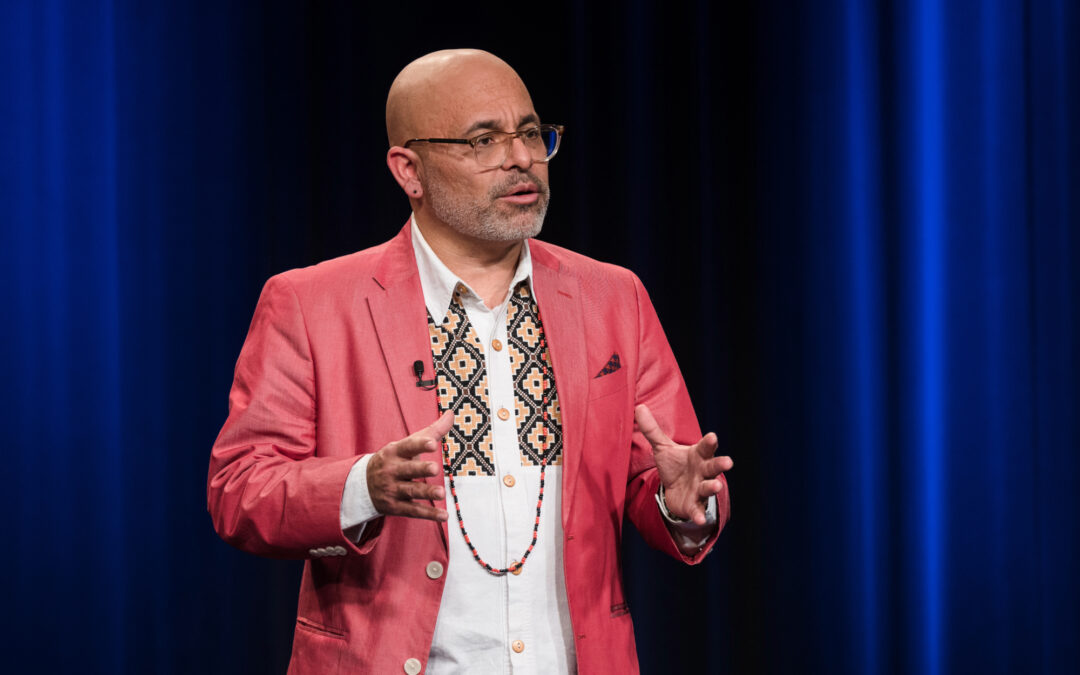Everything about one’s experience of living in Chicago can be traced back to segregation and race, according to community leader José Rico, executive director of Truth, Racial Healing and Transformation Chicago.
“As I was going downtown with my friends, you could actually see the rest of the city where you saw [people from different cultures] being together in one place,” Rico said. “And then on the way back home on the train, you start to realize how different our communities are. So, it was really an eye opener to see how my community was laid out and designed but also the amenities and resources given to those around the Loop and in the North Side compared to my neighborhood in Little Village.”
Rico said he believes the city’s long history of segregation contributed to community violence and other disparities that stem from the lack of socioeconomic resources.
“Chicago is the largest metropolitan area with the inequities of any city in the country,” Rico said. “So, if you live in Little Village and the Back of the Yards, your life expectancy is lower, your earning power is lower and your ability to have educational attainment is lower simply because of the ZIP code you live in.”
Rico joined “Chicago Tonight” to speak more on the root cause of segregation and the detrimental impact segregation has on communities of color.
[/et_pb_text][/et_pb_column] [/et_pb_row] [/et_pb_section]
